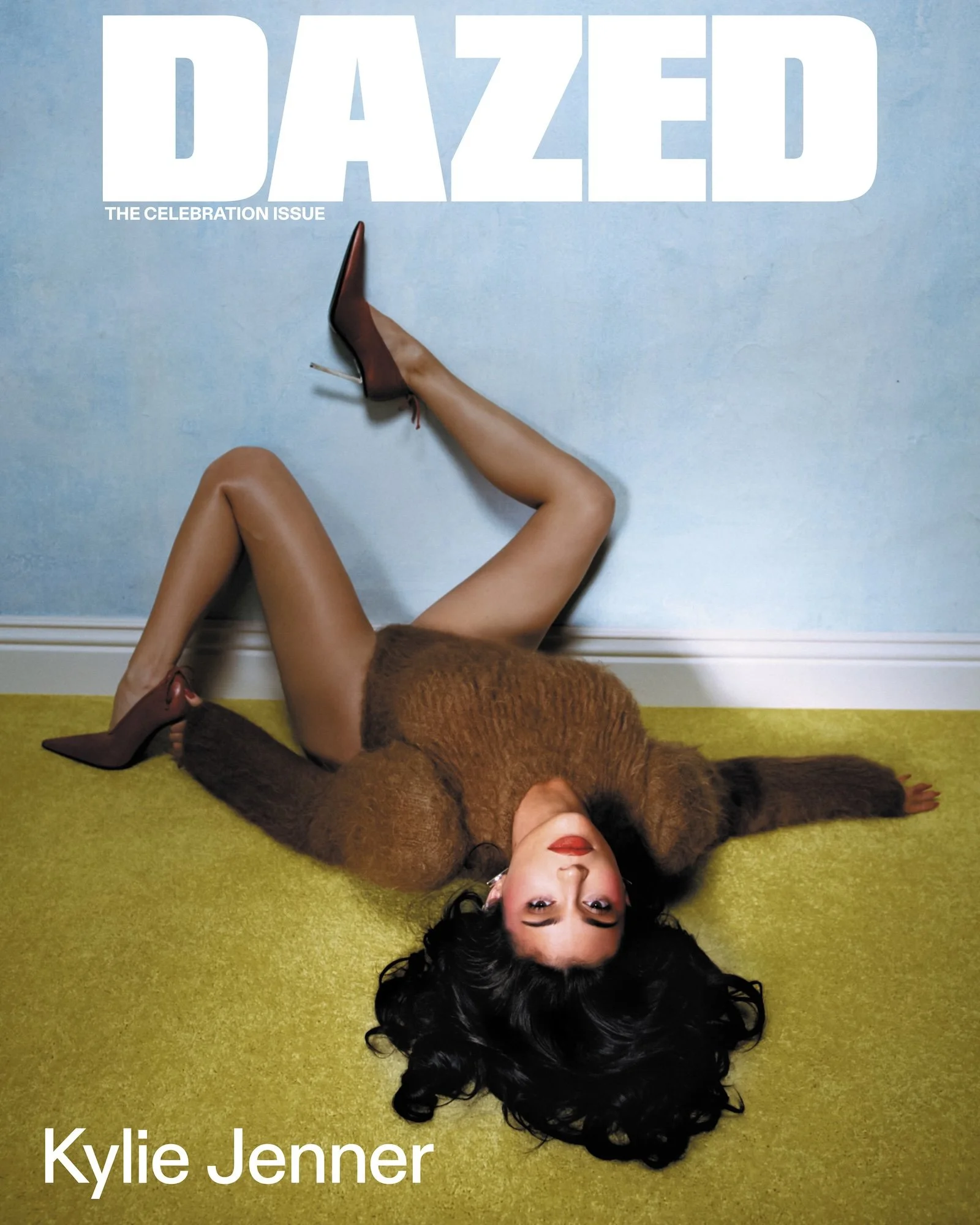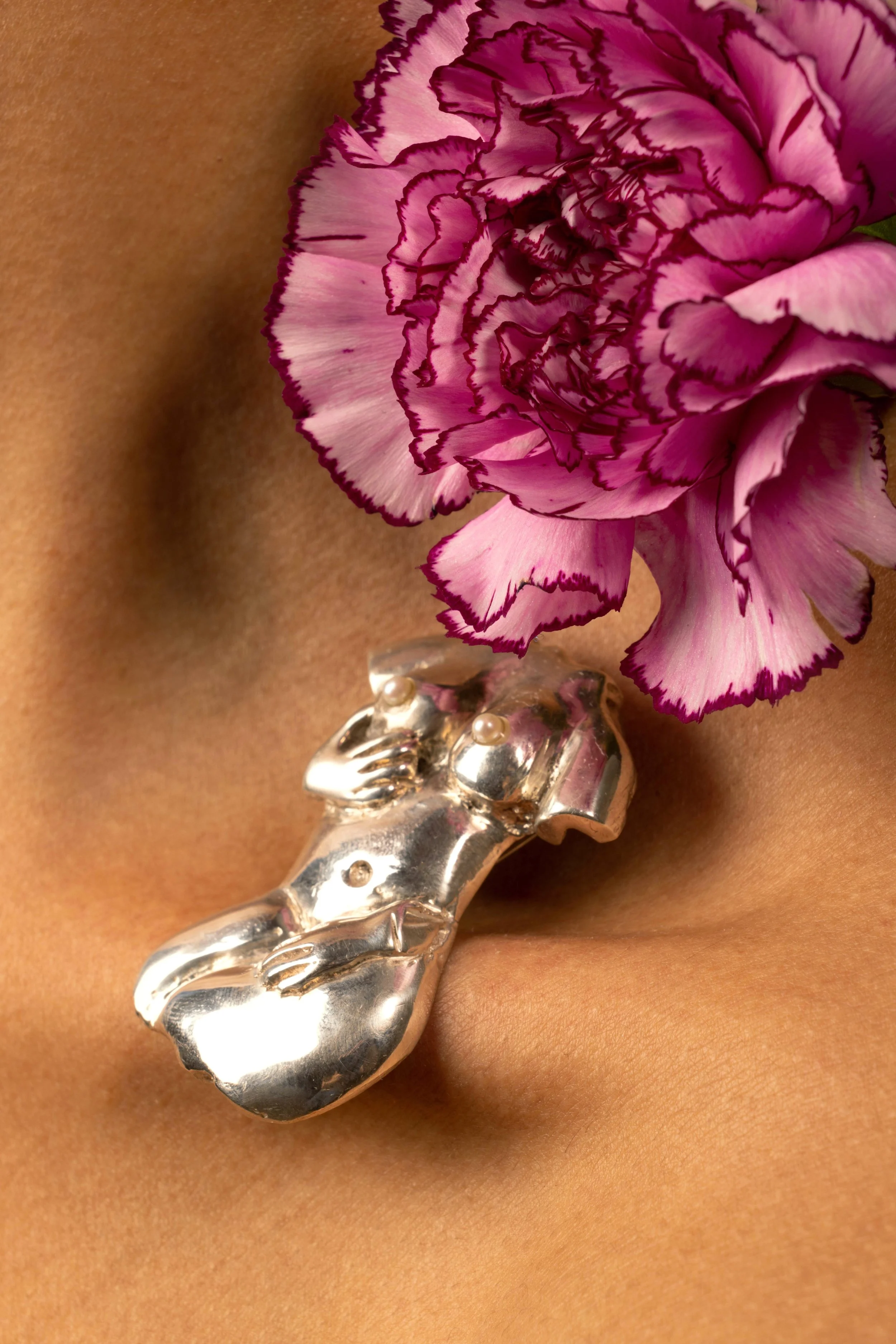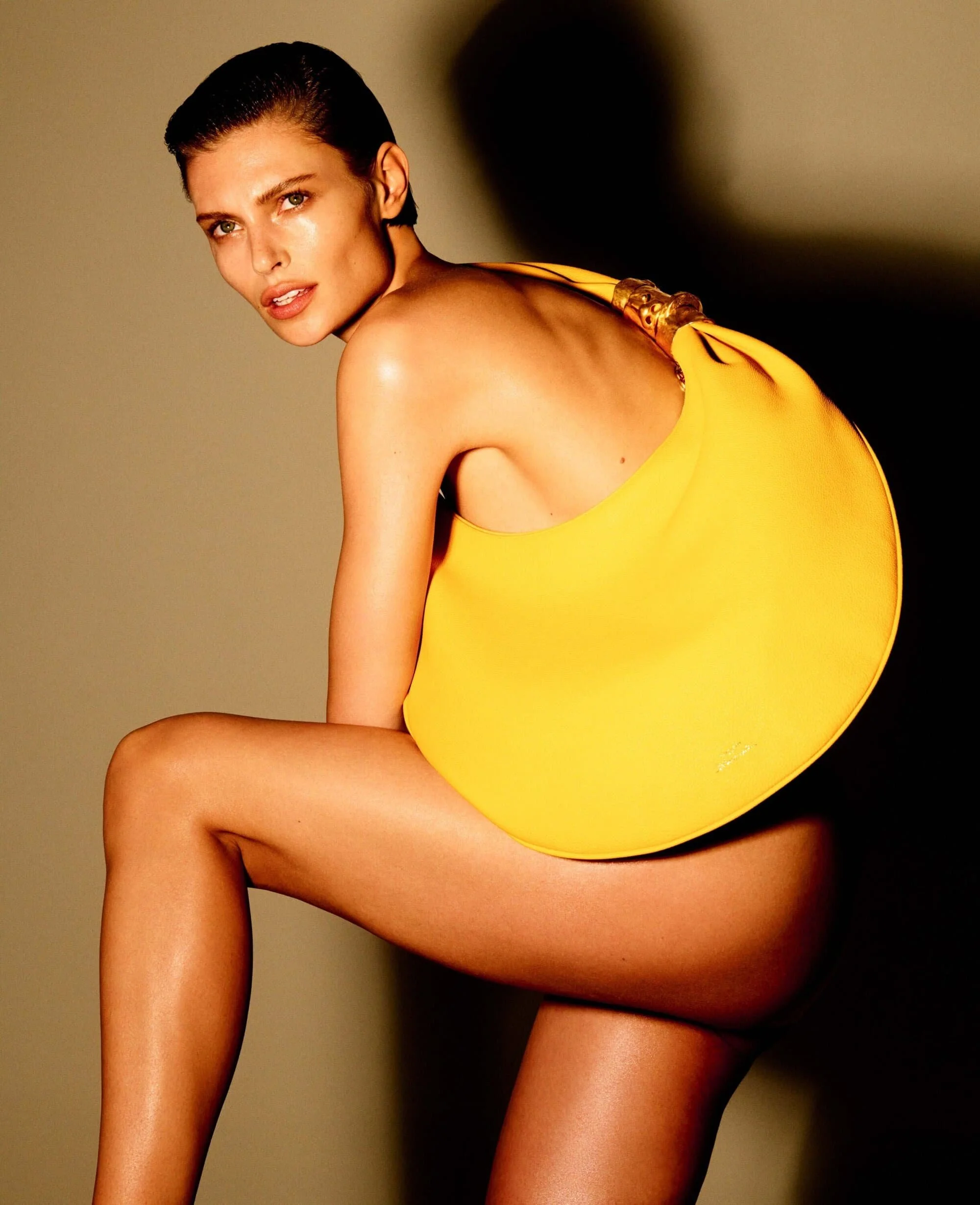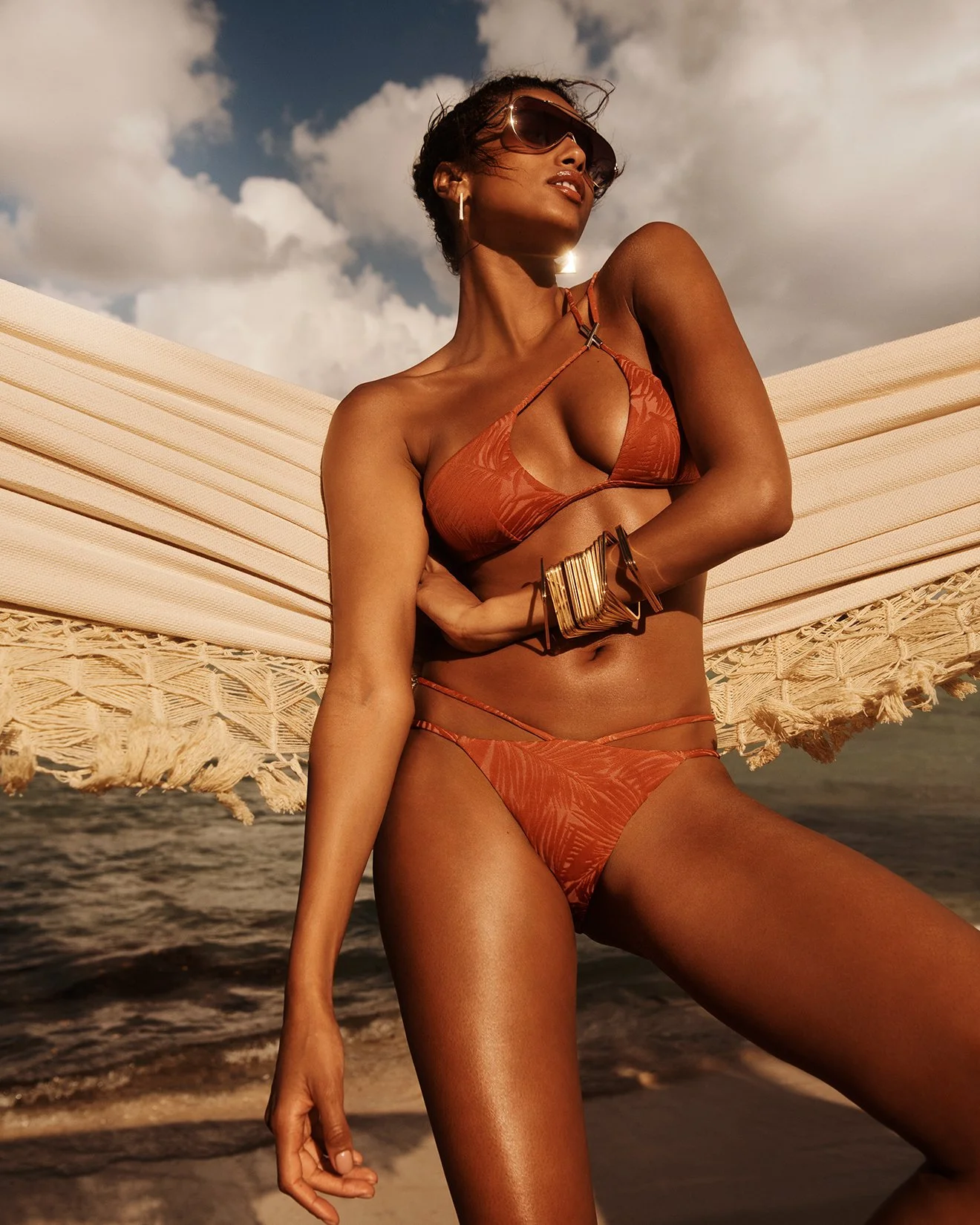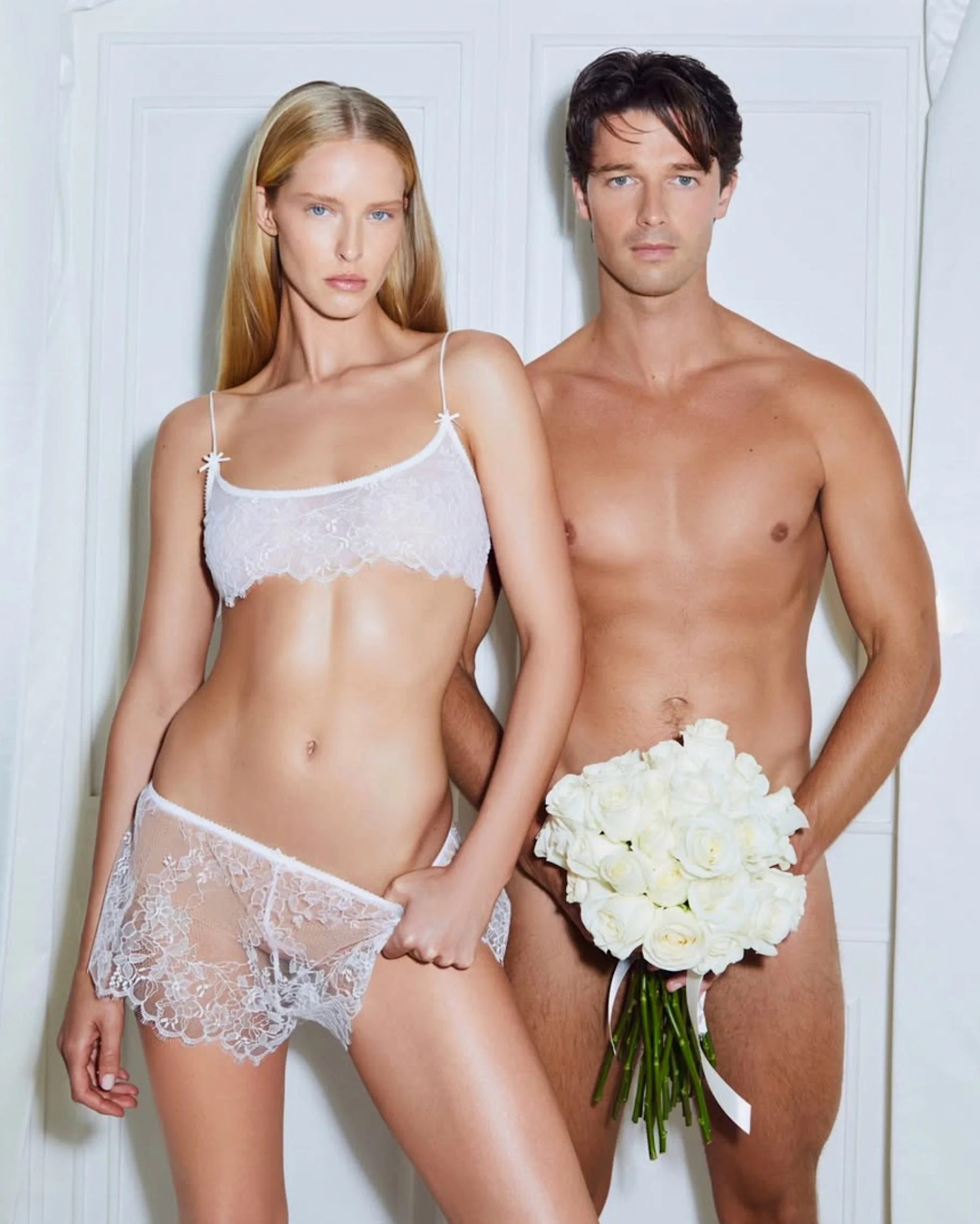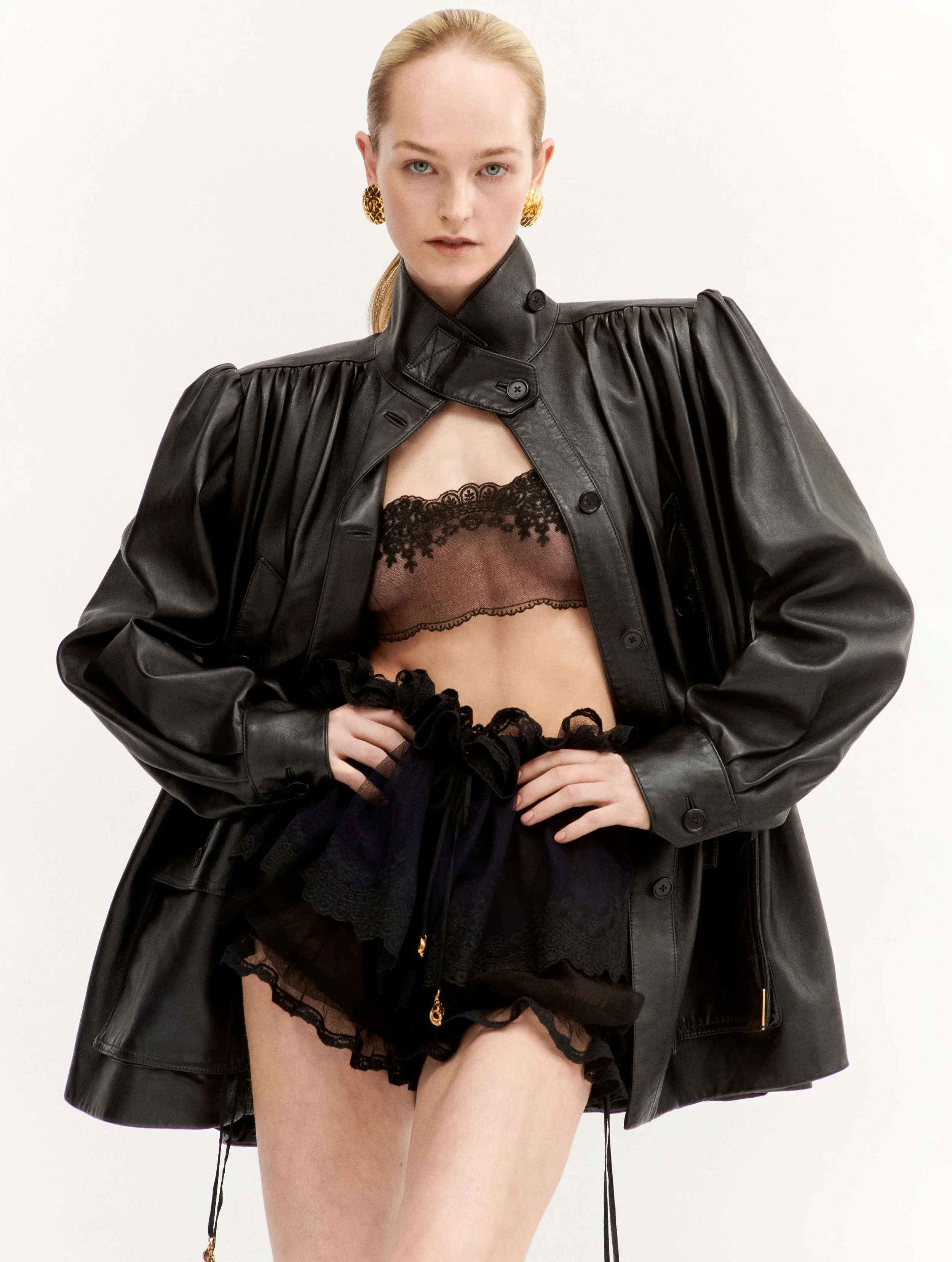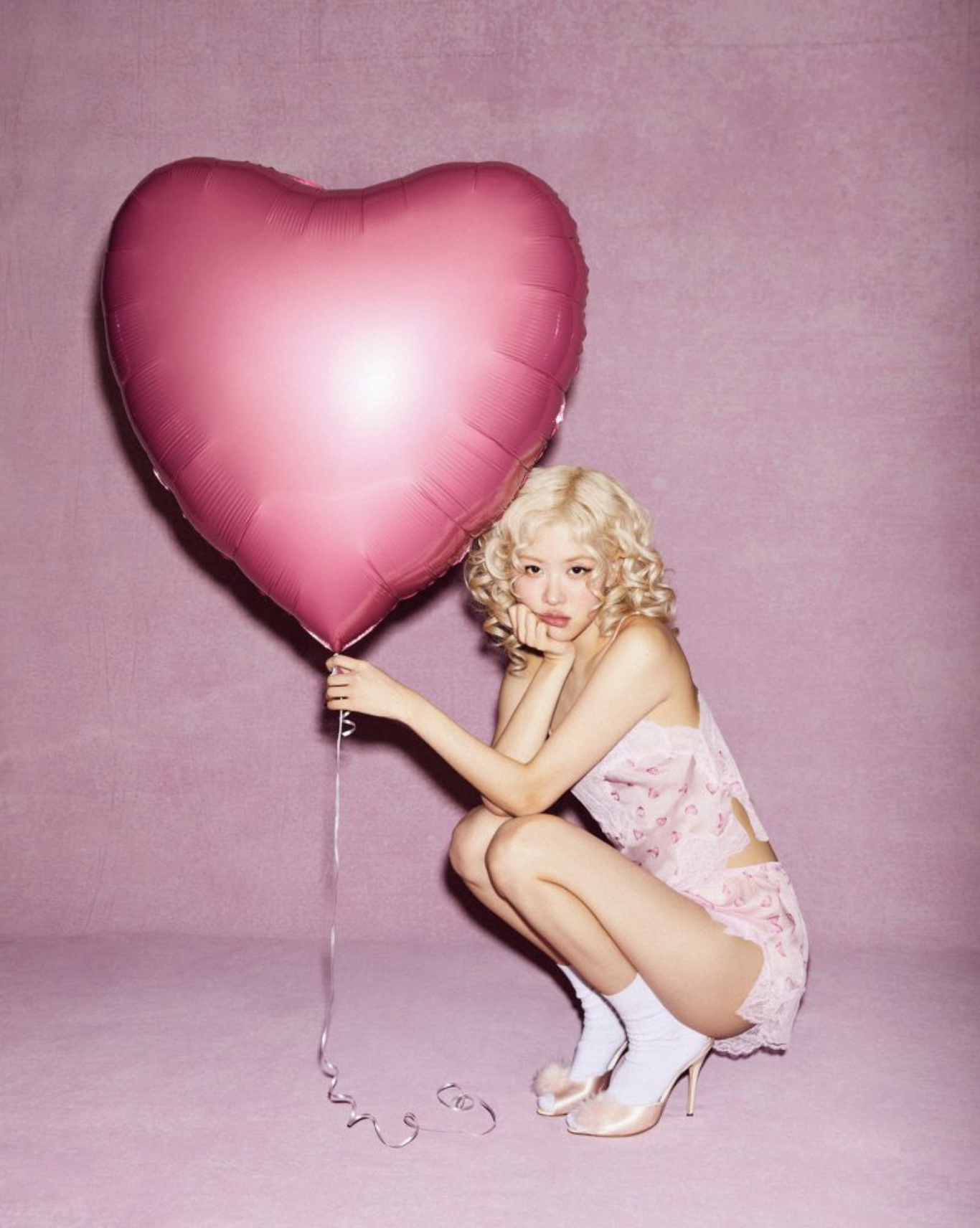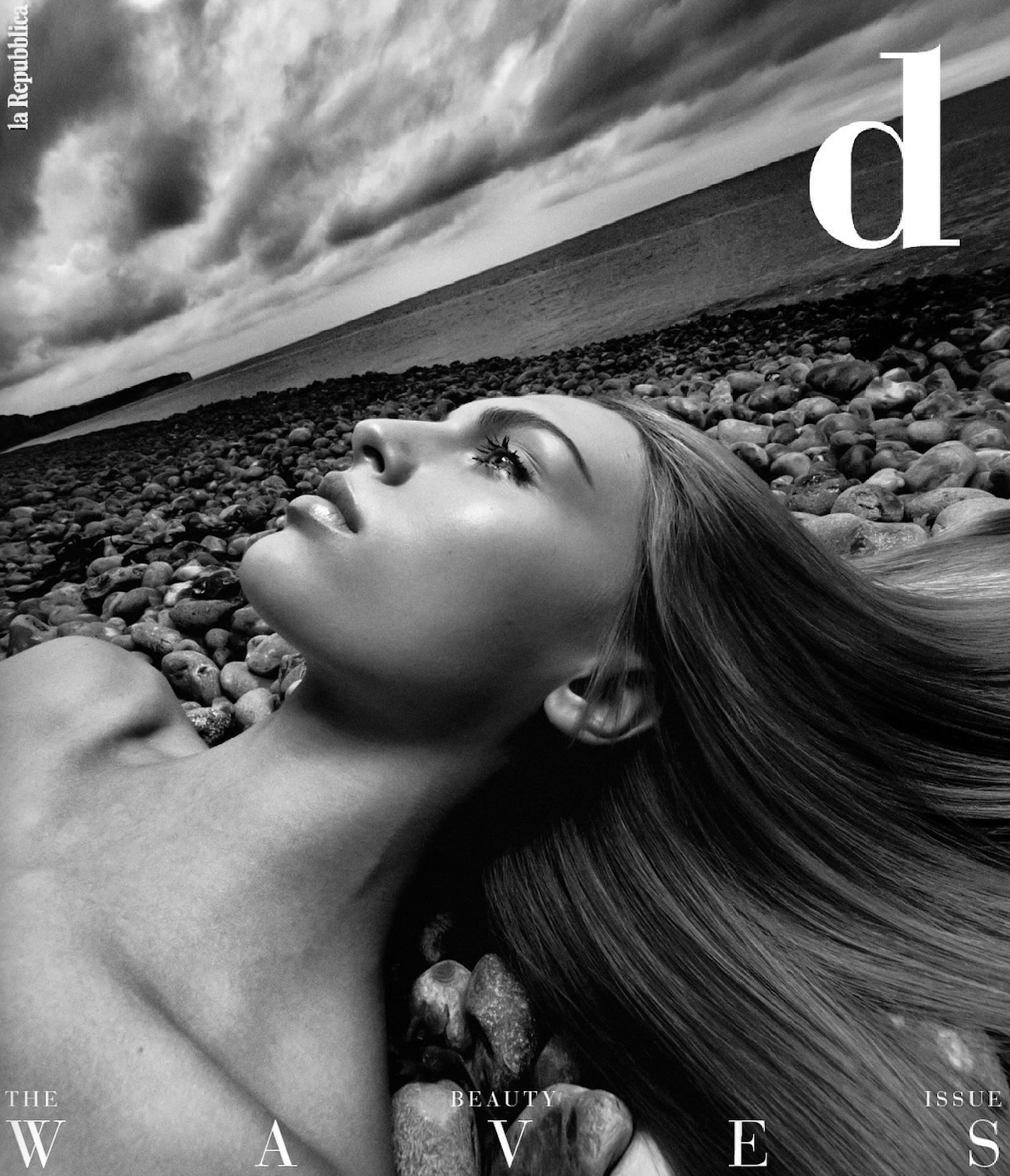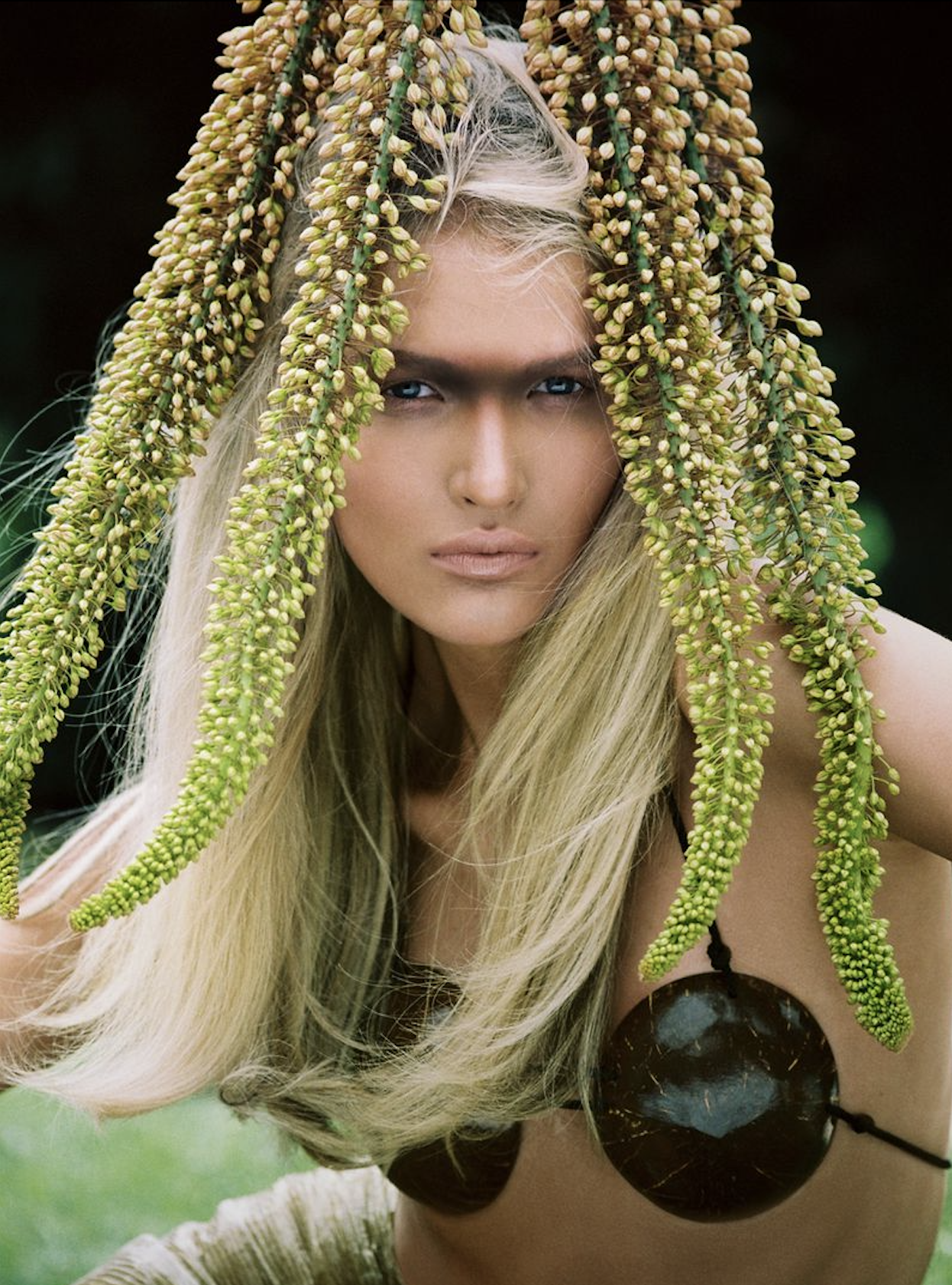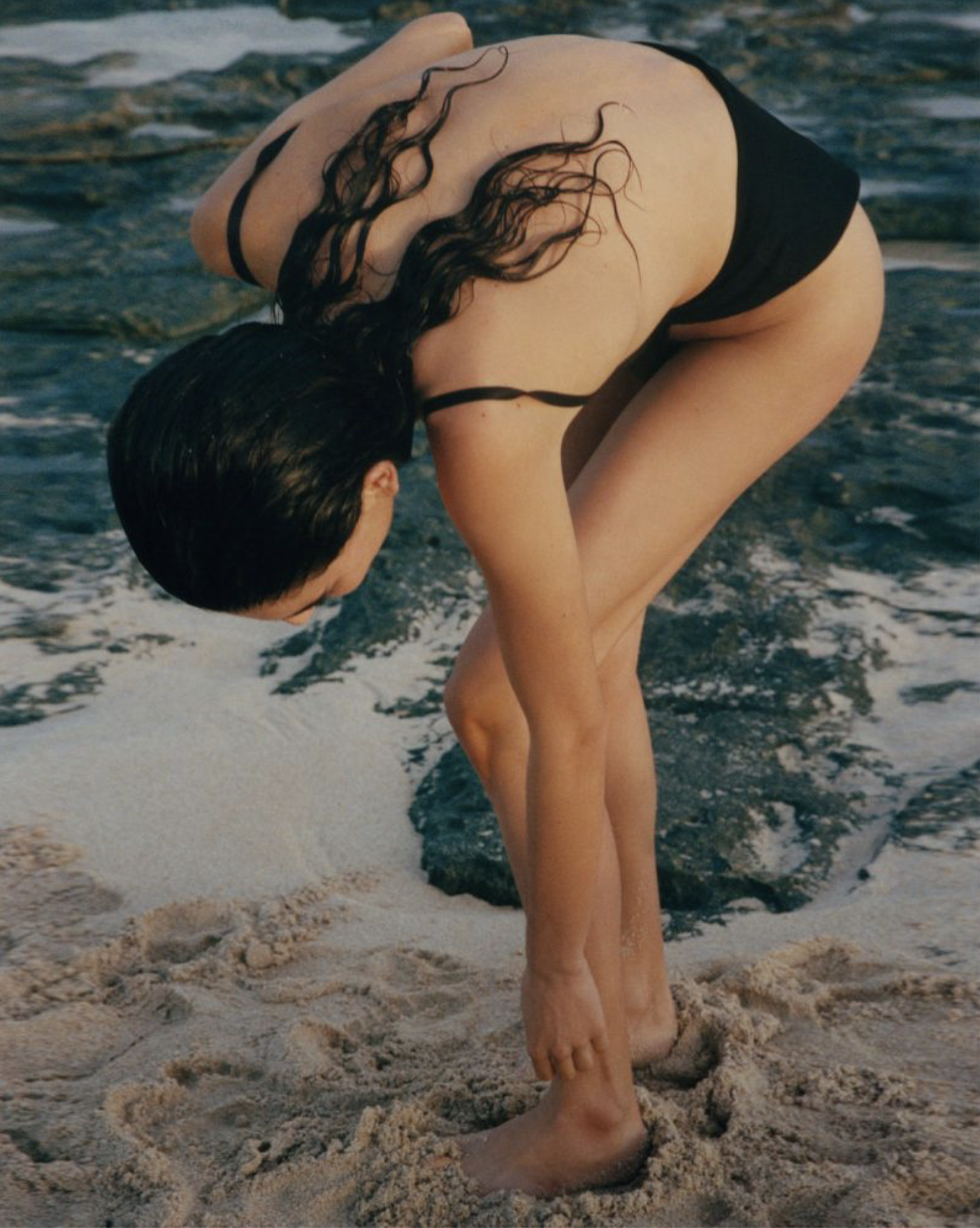Fishnets & Feminism | Powerful Women Like Our Fishnets Thanks To Madonna, Beyonce, Angelina, Jennifer Lopez & Co
/
Left: Belt and fishnets Louis Vuitton
History of Fishnets
The term ‘fishnet,’ meaning a loosely woven fabric, was in use by the early 1880s, writes Valerie Steele for CR Fashion Book: A Hole In The Sole, but common wisdom dates the use of ‘fishnet stockings’ to 1933. Cancan dancers at the Moulin Rouge evoke evoke images of fishnets, but in reality the dancers wore opaque tights, says Steele. Even New Orleans prostitutes wore vertically striped stocking, not fishnets as a way of seducing men.
Wearing fishnets has always been associated with varying degrees of risqué, immodest and taboo behavior among women. It seems to me that the size of the hole communicates the desired message from bold to demure. Indeed, Fogal’s fine gauge, back seam fishnets are the epitome of refined raciness and self-assured, elegant femininity.
Fishnets and the Male Mind
Most historical writing about fishnets is processed through the lens of the male mind. As symbols of naughty girl sins and a willingness to walk on the wild side, fishnets can transform a woman’s body into an erotic object through veiling and unveiling. “Is not the most erotic portion of the body where the garment gapes?” asks Barthes in 1973′s The Pleasure of the Text. “There are no ‘erogenous zones’…; it is intermittence…which is erotic: the intermittence of skin flashing between two articles of clothing…between two edges…It is this flash itself which seduces…The staging of an appearance-as-disappearance.”
“The popularity of fetish objects is not biologically predetermined”, writes Steele,” but neither is it random. Male sexual arousal is highly visual … There is even some evidence that fishnets, like thigh-high boots, were often associated with ‘whip girls’ (dominatrices).”
Fishnets As Anti-social Fashion
 Madonna by Terry Richardson for Harper’s Bazaar November 2013. Where is Steven Klein when she needs him!!!Returning to Steele:
Madonna by Terry Richardson for Harper’s Bazaar November 2013. Where is Steven Klein when she needs him!!!Returning to Steele:






